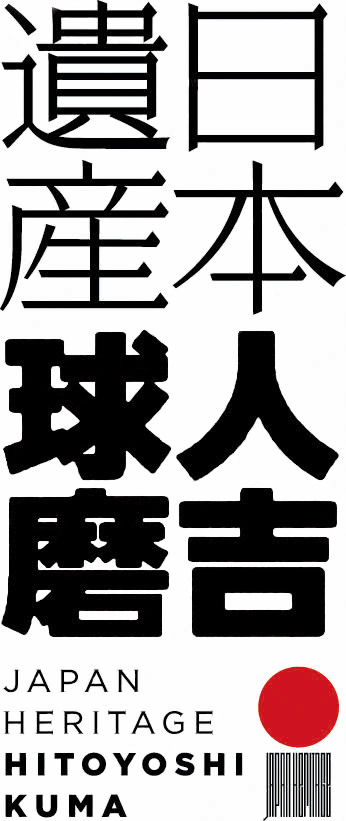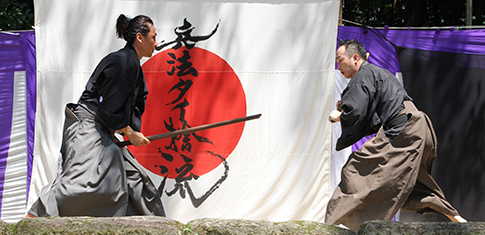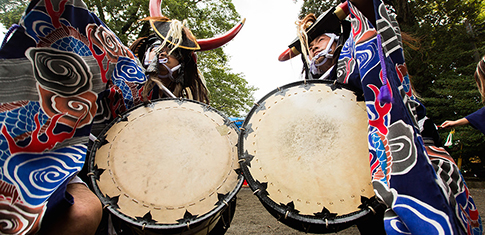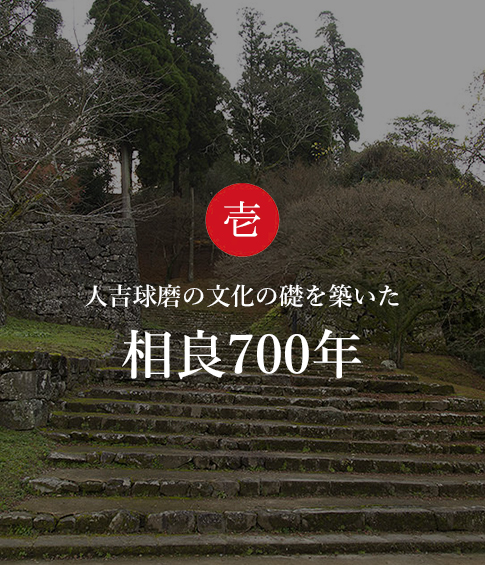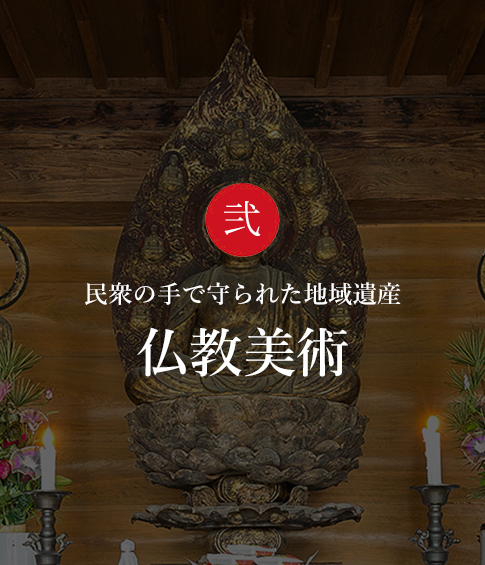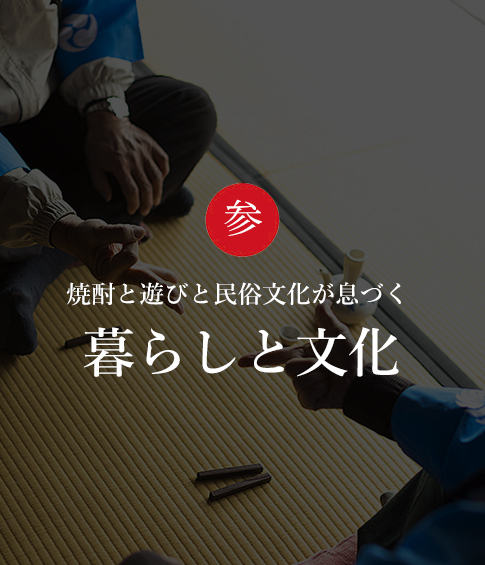Alive in the Drinks, Leisure, and Local Culture
Life and Culture
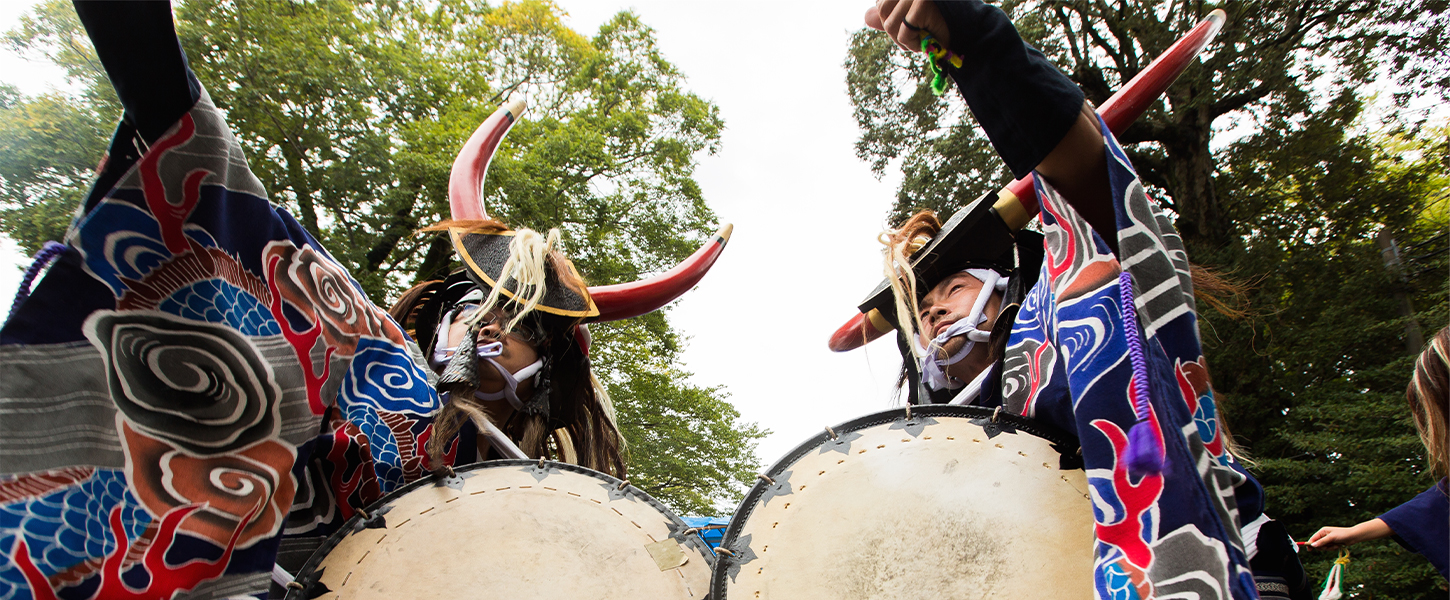

The legacy of the progressive lords is alive and well in hearts of the common people of today – a true invisible treasure.
The legacy of the 700 years of the Sagara clan’s rule is more than just buildings and Buddhist statues; it can also be seen in the daily life here, rooted in the traditions, cultures, and food of the Hitoyoshi Kuma region. The most famous of the region’s products is Kuma shochu, a distilled spirit made from rice. Like Scotch whisky or Champagne, shochu with the Kuma name indicates the high quality of this world-renowned liquor. This type of shochu was enjoyed first in its native region before spreading far and wide. It uses rice as its main ingredient, which was an incredibly precious resource during the early days of Kuma shochu production.
For a drink made from precious rice to gain such popularity, and for it to be available to be enjoyed even by the common people, the Hitoyoshi Kuma region must have had quite an abundant yield of rice. The Sagara clan constructed agricultural irrigation systems and used the Kuma River for water transport, thereby strengthening the region’s production and economy.
The famous open-mindedness of the Sagara clan is further evidenced in the traditional folk songs and games passed down to this day. Locals will burst into traditional song during drinking parties, and love to play Unsun Karuta, a type of card game, and Kumaken, which is said to be the progenitor of rock-scissors-paper. Such unique cultural curiosities offer glimpses into the 700-year history of the Sagara and their influence on the people of Hitoyoshi Kuma.
In the Edo period (17th to 19th centuries), Unsun Karuta had become popular throughout the nation until the shogunate issued a ban on all merry-making, causing the card game to disappear from all other regions of Japan. Despite it having been made illegal, the rules have continued to be passed down in the Hitoyoshi Kuma region to this day, as the common people continued to play and teach it in secret. This, too, reflects the legacy of the Sagara open-mindedness regarding recreation.

To list of life and culture

